The mighty Tyrannosaurus rex, the soaring Pteranodon, and the armored Ankylosaurus may have vanished from Earth 66 million years ago, but their legacy persists in ways many of us encounter daily. When we observe a small gecko climbing a wall or a bearded dragon basking under a heat lamp, we’re witnessing living connections to the mesozoic era. Modern lizards, with their scaly skin, distinctive movements, and ancient lineage, raise a compelling question: are these creatures living proof that the dinosaur age never truly ended? This article explores the evolutionary relationships, shared characteristics, and scientific understanding that connects today’s reptiles to their prehistoric ancestors, revealing how dinosaurs continue to influence our world through their living descendants.
The Evolutionary Connection: Reptiles and Dinosaurs
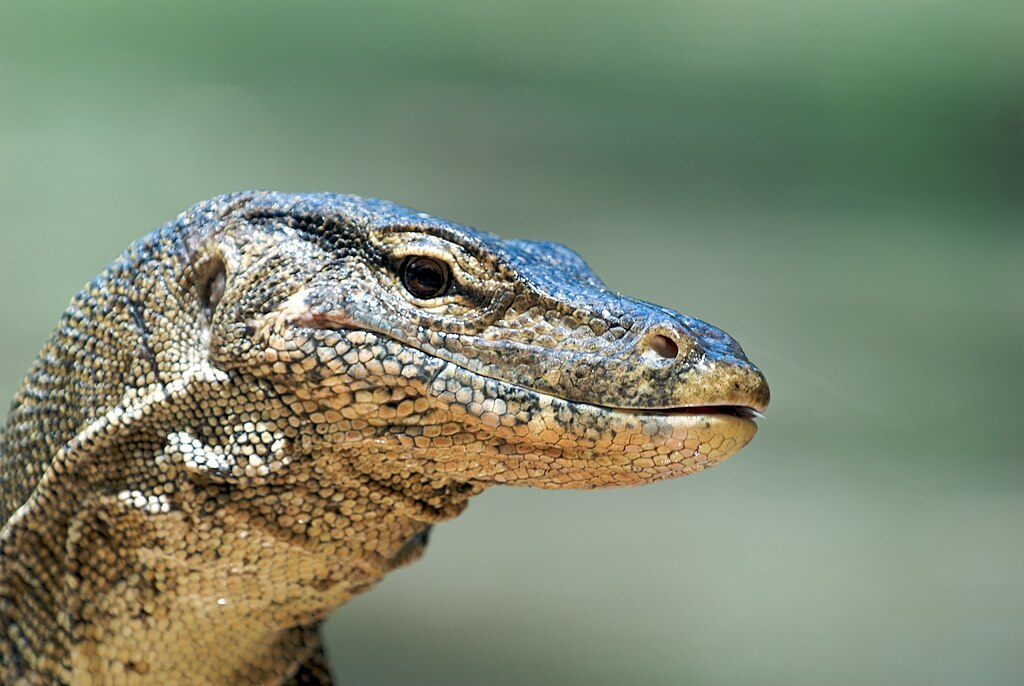
The relationship between modern reptiles and dinosaurs is complex but scientifically fascinating. Both groups belong to a larger evolutionary category called diapsids, characterized by their skull structure featuring two temporal fenestrae (openings behind the eye sockets). However, contrary to popular belief, lizards didn’t evolve from dinosaurs but rather share a common ancestor with them from about 250 million years ago. This common ancestor diverged into multiple lineages, including the lepidosaurs (leading to today’s lizards and snakes) and the archosaurs (leading to dinosaurs, crocodilians, and birds). Despite not being direct dinosaur descendants, modern lizards retained many primitive reptilian features that were also present in the earliest dinosaurs, creating what scientists call an evolutionary parallel. This parallel development explains why many of us instinctively see something “dinosaur-like” when watching a monitor lizard move across the ground, even though their evolutionary paths separated long before T. rex walked the Earth.
Birds: The True Dinosaur Descendants

While lizards share a distant common ancestor with dinosaurs, birds represent the true surviving dinosaur lineage. The scientific consensus is clear: birds are directly descended from theropod dinosaurs, the group that included Velociraptor and Tyrannosaurus. This evolutionary relationship was cemented with the discovery of Archaeopteryx in 1861, a transitional fossil showing both dinosaur and bird features. Modern research has revealed numerous anatomical similarities between theropod dinosaurs and birds, including hollow bones, wishbones, eggs with similar shell structures, and perhaps most visibly, feathers. Feathered dinosaur fossils from China have provided irrefutable evidence that many dinosaurs sported plumage long before birds took to the sky. When scientists classify organisms based on their evolutionary relationships, birds aren’t just related to dinosaurs—they are dinosaurs, specifically avian dinosaurs, as opposed to the extinct non-avian dinosaurs. This makes your backyard cardinal or the chicken on your dinner plate the closest living connection to Tyrannosaurus rex, not the garden lizard.
Crocodilians: Dinosaurs’ Closest Living Relatives After Birds

After birds, crocodilians (alligators, crocodiles, caimans, and gharials) stand as the closest living relatives to dinosaurs. Both crocodilians and dinosaurs belong to the archosaur lineage, making crocodiles more closely related to dinosaurs than lizards are. Crocodilians have remained remarkably unchanged for over 200 million years, coexisting with dinosaurs throughout the Mesozoic era and surviving the mass extinction that wiped out their non-avian dinosaur cousins. Their body structure, four-chambered heart (similar to birds and mammals), and complex parental care behaviors all reflect their archosaur heritage. Paleontologists often study modern crocodilians to make inferences about dinosaur physiology, behavior, and evolutionary development. The distinctive vocalization abilities of crocodilians, including their infamous roars and bellows, have led some scientists to speculate that certain dinosaurs may have had similar communication methods. This direct evolutionary connection makes crocodiles living fossils that provide a window into the age of dinosaurs, representing a lineage that has witnessed the rise and fall of the non-avian dinosaurs while maintaining their ecological niche for over 200 million years.
Convergent Evolution: Why Lizards Look “Dinosaur-ish”
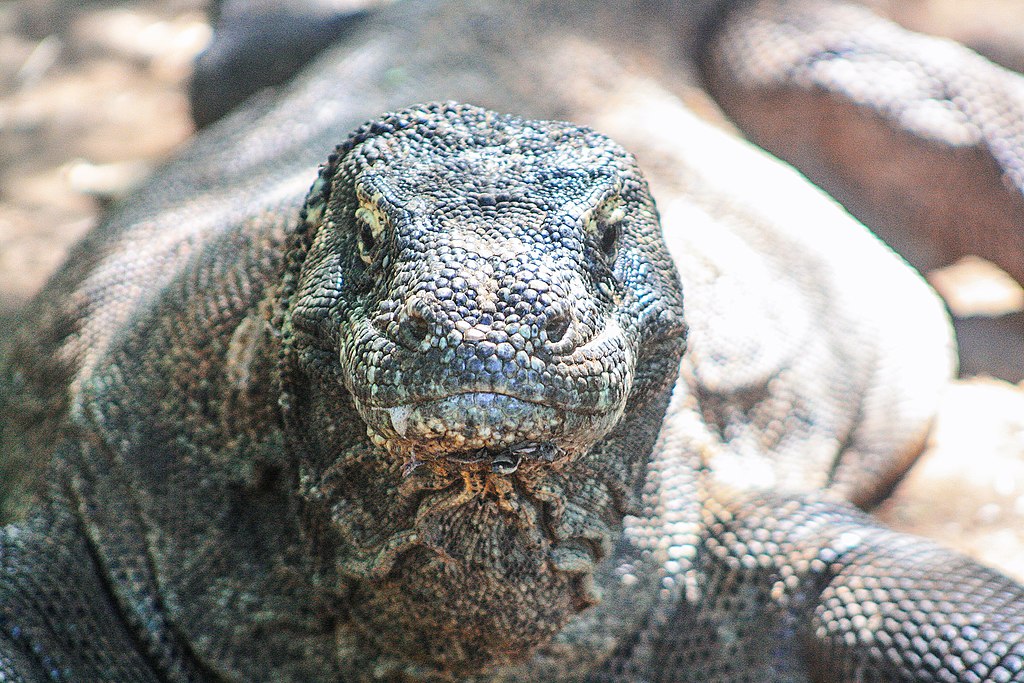
The “dinosaur-like” appearance of many lizards is largely a product of convergent evolution, where similar environmental pressures lead unrelated organisms to develop comparable features. Both dinosaurs and lizards evolved adaptations for terrestrial life, resulting in similar body plans despite their distant evolutionary relationship. Features like scales, clawed digits, long tails, and egg-laying reproduction create a superficial resemblance that influences our perception. The komodo dragon, with its massive size and predatory nature, often triggers associations with dinosaurs due to these convergent traits. This phenomenon extends to behavioral adaptations as well, such as basking in the sun to regulate body temperature, a practice common to both groups. Interestingly, many of our cultural depictions of dinosaurs have historically been influenced by lizard anatomy, creating a circular effect where our concept of how dinosaurs looked was partially based on modern reptiles. This artistic legacy persists even though scientific evidence now suggests many dinosaurs had feathers and moved quite differently from modern lizards. The apparent similarities between lizards and our popular conception of dinosaurs therefore reflect both biological convergence and cultural construction.
Ancient Lineages: The Tuatara’s Time Capsule

New Zealand’s tuatara represents one of the most remarkable living connections to prehistoric times, though its relationship to dinosaurs is often misunderstood. Despite resembling a lizard, the tuatara belongs to the order Rhynchocephalia, a group that diverged from the lizard and snake lineage about 250 million years ago. This makes tuataras essentially living fossils that have remained fundamentally unchanged for over 200 million years, having witnessed the entire rise and fall of the dinosaurs. Their primitive features include a unique “third eye” (a light-sensitive organ on the top of the head), primitive hearing structures, and teeth fused directly to the jawbone rather than set in sockets. Tuataras also demonstrate remarkable longevity, potentially living over 100 years, and possess the ability to remain active at lower temperatures than most reptiles. Their slow metabolism and growth rate—they continue growing until approximately 35 years of age—reflect an ancient reptilian physiology that predates many of the adaptations seen in modern lizards. While tuataras aren’t dinosaur descendants, they provide invaluable insights into the reptilian world that existed when dinosaurs first evolved, making them living windows into the Mesozoic era.
Monitor Lizards: Dragons of the Modern World
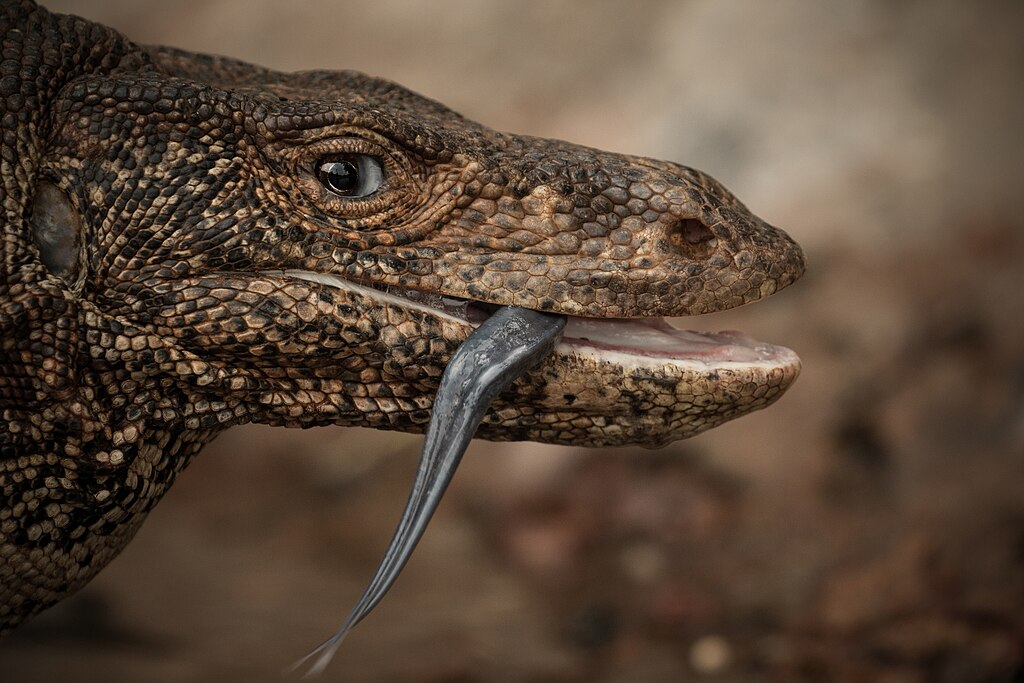
Monitor lizards, particularly the Komodo dragon, are often cited as the most “dinosaur-like” of modern reptiles due to their impressive size and predatory nature. As the largest living lizards, Komodo dragons can reach lengths exceeding 10 feet and weights over 150 pounds, dimensions that approach some of the smaller dinosaur species. Their powerful limbs positioned under their body (rather than splayed to the sides like most lizards) create a more upright stance reminiscent of the posture many dinosaurs adopted. Monitor lizards also display remarkable intelligence, with problem-solving abilities and social behaviors that challenge traditional perceptions of reptile cognition. Their forked tongues, which collect scent particles and transfer them to a specialized olfactory organ called the Jacobson’s organ, represent an advanced adaptation for predation that evolved independently from dinosaurs. Despite these superficial similarities to popular dinosaur imagery, monitors evolved these traits separately through convergent evolution rather than inheritance from dinosaur ancestors. Nevertheless, watching a Komodo dragon stalk prey through the Indonesian underbrush provides perhaps the closest visual parallel to how certain predatory dinosaurs might have moved and hunted, making them powerful symbols of reptilian evolution and survival.
Genetic Evidence: What DNA Tells Us

Molecular genetics has revolutionized our understanding of the evolutionary relationships between modern reptiles and dinosaurs. DNA sequence analysis confirms that birds are the closest living relatives to extinct non-avian dinosaurs, followed by crocodilians, with lizards more distantly related. This genetic evidence aligns with the anatomical features observed in fossils and validates the evolutionary tree constructed through traditional paleontological methods. Advances in ancient DNA research have even allowed scientists to extract and analyze proteins from dinosaur fossils, with results consistently showing closer similarity to bird proteins than to those of lizards. The rate of genetic change, or molecular clock, can be calculated from DNA differences between species, helping scientists estimate when evolutionary lineages diverged. These calculations indicate that the lizard lineage separated from the archosaur lineage (dinosaurs, birds, and crocodilians) approximately 250 million years ago, long before the first true dinosaurs appeared. Ongoing research in comparative genomics continues to refine our understanding of these relationships, with each new study adding detail to the complex evolutionary story connecting modern reptiles to their ancient relatives. While we cannot extract complete dinosaur DNA as depicted in science fiction, these molecular approaches provide compelling evidence for how reptilian groups are related to one another.
Ecological Niches: Filling the Dinosaur Void
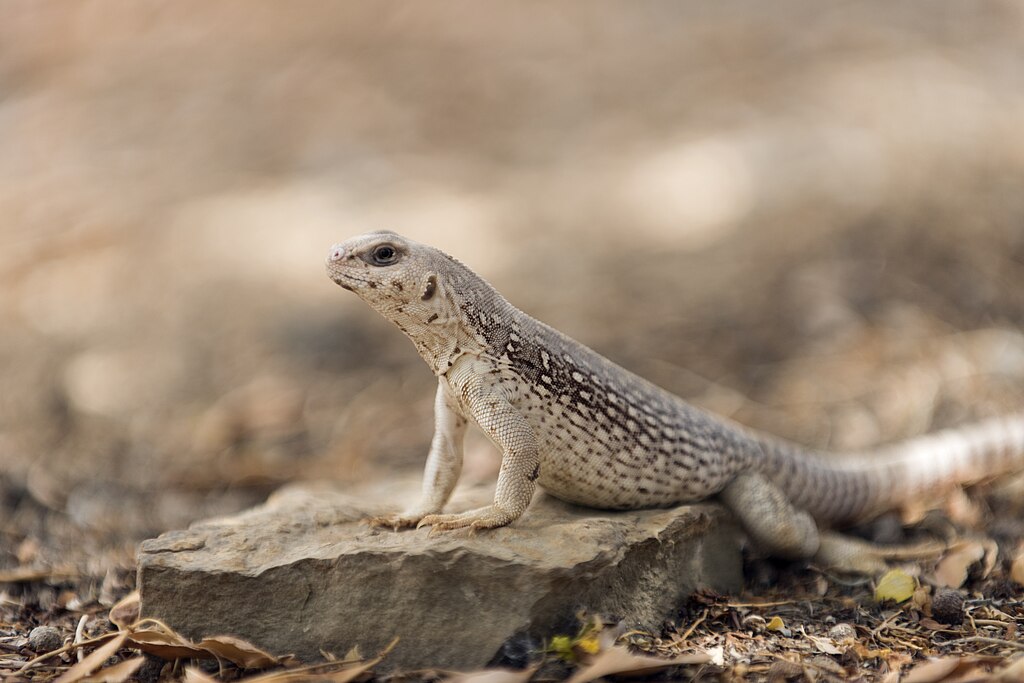
The extinction of non-avian dinosaurs 66 million years ago created ecological opportunities that other animals, including some lizard species, eventually filled. This ecological replacement didn’t happen immediately but occurred gradually over millions of years as surviving species evolved to exploit newly available niches. Large monitor lizards, for instance, evolved to occupy top predator positions in some island ecosystems where mammalian competitors were absent, somewhat paralleling the ecological role of certain theropod dinosaurs. In the absence of large herbivorous dinosaurs, some lizard species evolved to specialize in plant consumption, with iguanas developing adaptations for processing tough vegetation similar to those seen in ornithischian dinosaurs. The relative success of lizards following the dinosaur extinction reflects their adaptability and evolutionary versatility rather than a direct inheritance of dinosaur roles. Environmental DNA studies of ancient ecosystems show that this transition was complex, with mammals, birds, and reptiles all expanding into niches previously dominated by dinosaurs. This ecological restructuring following the end-Cretaceous extinction demonstrates how evolution responds to catastrophic events, with survivors adapting to fill vacated roles regardless of their evolutionary relationship to previous occupants. While lizards didn’t directly inherit the dinosaurs’ world, they certainly benefited from the ecological reset that occurred after the asteroid impact.
The Physiology Debate: Warm-Blooded Dinosaurs vs. Cold-Blooded Lizards

One of the most significant differences between modern lizards and dinosaurs involves their physiological mechanisms, particularly regarding temperature regulation. Traditional views portrayed dinosaurs as reptilian and cold-blooded (ectothermic) like modern lizards, but mounting evidence suggests many dinosaur groups were either warm-blooded (endothermic) or maintained an elevated body temperature through their large size and specialized metabolism. Bone histology studies reveal that many dinosaurs possessed fast growth rates and bone structures more similar to birds and mammals than to modern reptiles, indicating higher metabolic rates. Lizards typically have slow growth rates and a metabolism that functions optimally only within specific temperature ranges, requiring behavioral thermoregulation like basking to maintain activity. The discovery of feathers in numerous dinosaur species further supports the theory that many dinosaurs regulated their body temperature more efficiently than modern reptiles. Recent research examining fossil isotopes and evidence of respiratory systems suggests that the transition from ectothermy to endothermy occurred within the dinosaur lineage, with more advanced dinosaurs (especially those leading to birds) developing increasingly bird-like metabolisms. This fundamental physiological difference underscores that while lizards may superficially resemble certain dinosaurs, their internal functioning represents a different evolutionary pathway adapted to different survival strategies.
Behavioral Parallels: Parenting and Social Structures

Fossil evidence has dramatically changed our understanding of dinosaur behavior, revealing parenting and social behaviors quite different from those typically observed in lizards. Most modern lizards show minimal parental care, typically abandoning their eggs after laying them, whereas many dinosaur species demonstrated extensive parental investment similar to birds. Nesting sites discovered for species like Maiasaura (the “good mother lizard”) show evidence of adults remaining with nests, feeding hatchlings, and potentially teaching young, behaviors rarely seen in modern lizards but common in birds. Social structures also differ significantly, with many dinosaur species showing evidence of complex herding behaviors and coordinated group activities, while most lizards tend toward solitary lifestyles with limited social interaction. The exception to this pattern appears in crocodilians, whose parental care and social vocalizations may more closely resemble aspects of dinosaur behavior due to their closer evolutionary relationship. Certain monitor lizards do display more complex behaviors than other lizards, including limited parental protection and sophisticated hunting strategies, but these represent convergent adaptations rather than inherited dinosaur traits. The behavioral differences between lizards and what paleontological evidence suggests about dinosaur behavior indicates that while lizards may look superficially dinosaur-like, they operate within different behavioral frameworks shaped by their independent evolutionary history.
Popular Perception: Dinosaurs in Miniature?
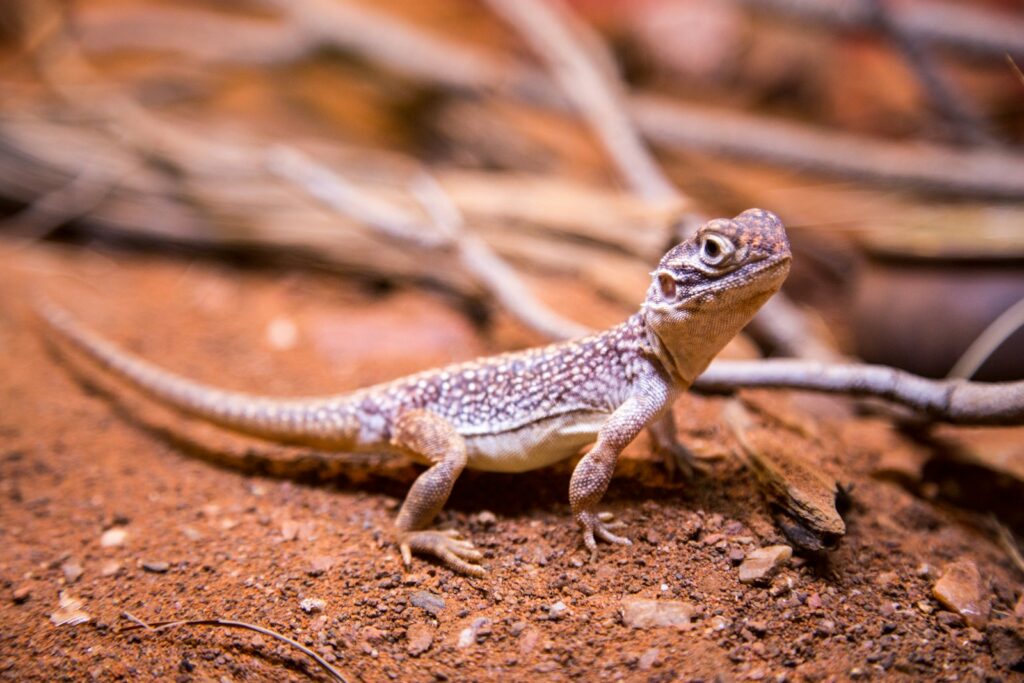
The popular perception of lizards as “mini-dinosaurs” reveals more about human psychology and cultural programming than evolutionary relationships. From early childhood, many people are exposed to dinosaur imagery in books, toys, and media that sometimes exaggerates reptilian features or inaccurately portrays dinosaurs with lizard-like characteristics. This visual conditioning creates cognitive associations that lead us to see similarities between lizards and dinosaurs that may exceed their actual biological connections. The entertainment industry has reinforced these associations through films like “Jurassic Park,” which, despite consulting with paleontologists, made creative choices that emphasized reptilian aspects of dinosaurs. Even scientific illustrations of dinosaurs have historically been influenced by what artists observed in modern reptiles, creating a circular effect where our conception of extinct animals was partly based on living ones. The persistent misconception that dinosaurs were merely giant lizards continues to shape public understanding despite scientific evidence to the contrary. This phenomenon demonstrates how deeply entrenched cultural narratives can influence our perception of biological relationships, making it difficult for new scientific findings—like feathered dinosaurs—to displace established mental images. When people describe lizards as “dinosaur-like,” they’re often responding to this culturally constructed association rather than reflecting the complex evolutionary reality.
Conservation Implications: Preserving Ancient Lineages
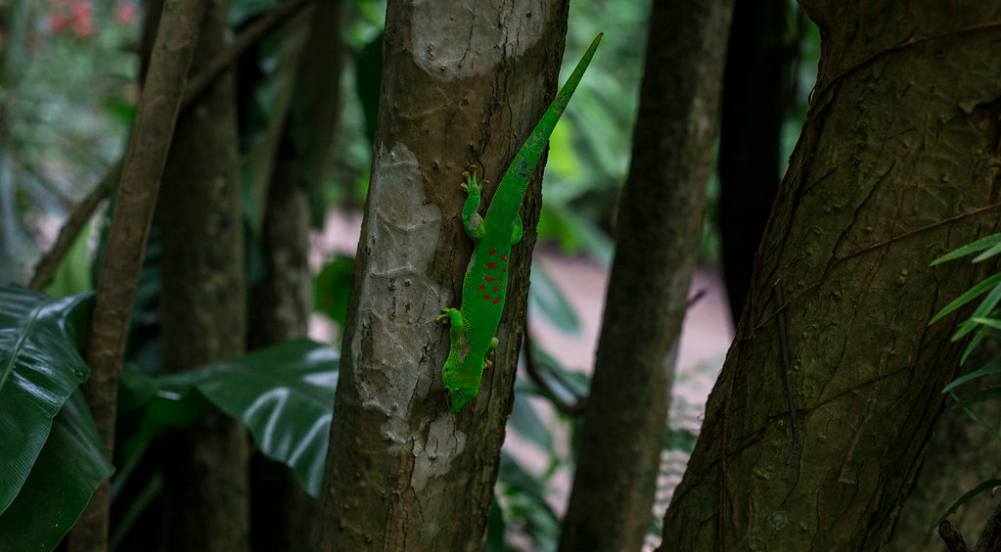
The ancient evolutionary heritage of modern reptiles adds significant weight to conservation arguments for protecting these species. Reptile lineages represent hundreds of millions of years of evolutionary history, with some groups like tuataras being the sole survivors of once-diverse evolutionary branches. The extinction of such species would erase genetic and evolutionary information that has persisted since the time of dinosaurs. Many reptile species face severe threats from habitat destruction, climate change, invasive species, and the illegal pet trade, with approximately 21% of reptile species currently threatened with extinction according to the IUCN. Conservation efforts focused on reptiles often receive less attention and funding than those for more charismatic mammals and birds, despite their equal or greater evolutionary significance. Protected areas specifically designed to conserve reptile habitat are essential, as many species have highly specialized requirements that aren’t addressed by general conservation measures. Understanding the deep evolutionary history of reptiles can help communicate their importance to the public and policymakers, framing conservation not merely as protecting individual species but as preserving living representatives of Earth’s ancient past. By connecting modern conservation challenges to the fascinating story of dinosaur evolution and extinction, conservationists can potentially generate greater support for protecting these living connections to prehistoric times.
Future Evolution: Will Lizards Ever Become More Dinosaur-Like?

Evolutionary biology suggests that modern lizards are unlikely to evolve into creatures resembling non-avian dinosaurs, as evolution doesn’t repeat exact pathways or work toward predetermined forms. The environmental conditions, selective pressures, and starting genetic material that produced dinosaurs were unique to their time period and cannot be precisely replicated. Furthermore, competition from existing mammals, birds, and other vertebrates occupies many of the ecological niches that dinosaurs once filled, limiting opportunities for drastic reptilian evolution along dinosaur-like lines. Climate change and human-altered environments are creating new selective pressures that may favor certain reptile adaptations, but these are more likely to produce novel evolutionary responses rather than dinosaur-like traits. The concept of convergent evolution does suggest that under similar selective pressures, some lizard species might independently evolve features that superficially resemble certain dinosaur adaptations, particularly if they occupy similar ecological roles. Evolutionary biologists note that the rate of significant morphological change would require millions of years even under intense selection pressure, making dramatic transformation beyond the timescale of human observation. The most probable scenario is that lizards will continue along their own evolutionary trajectories, retaining their fundamental “lizardness” while adapting to changing



